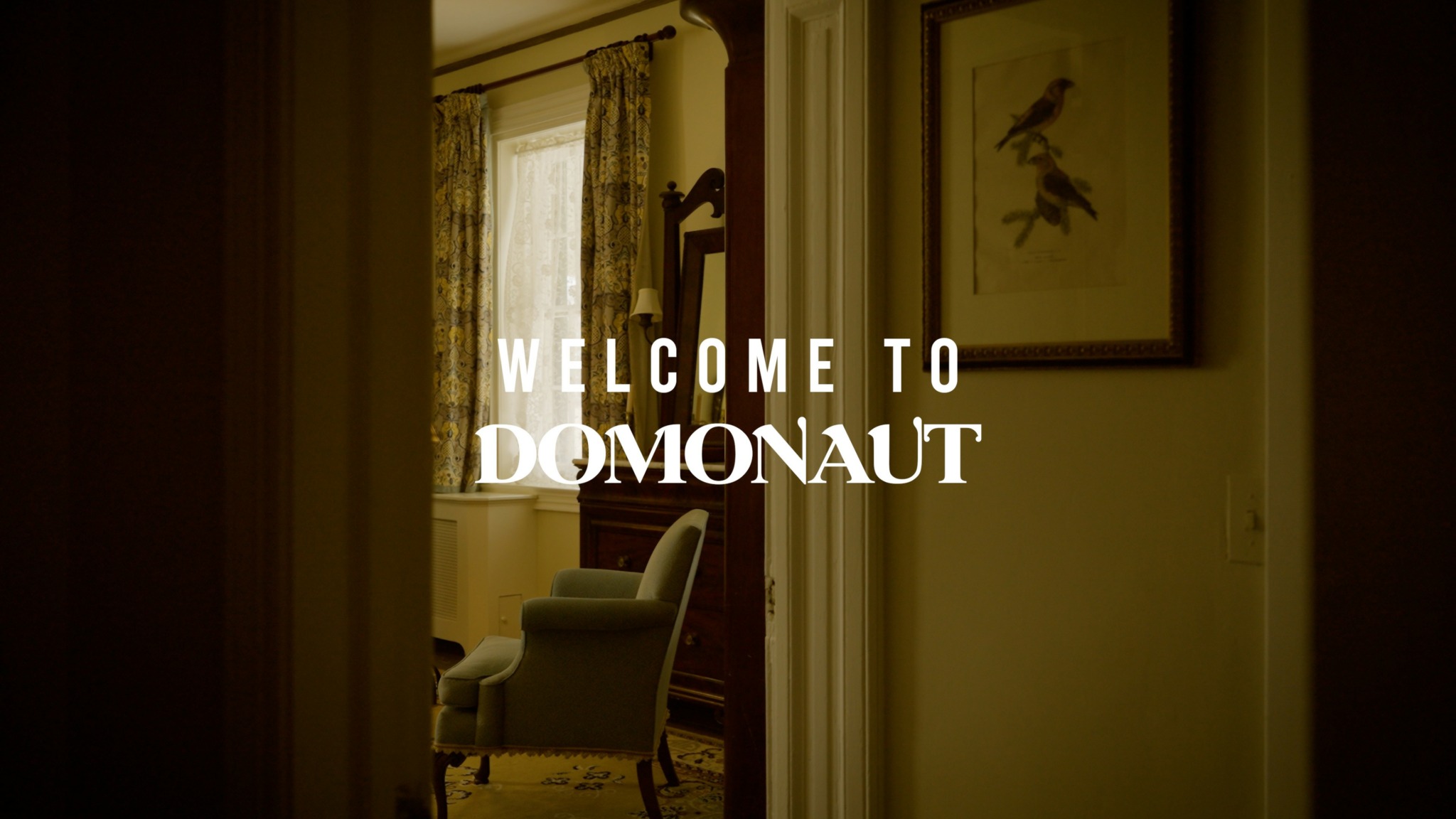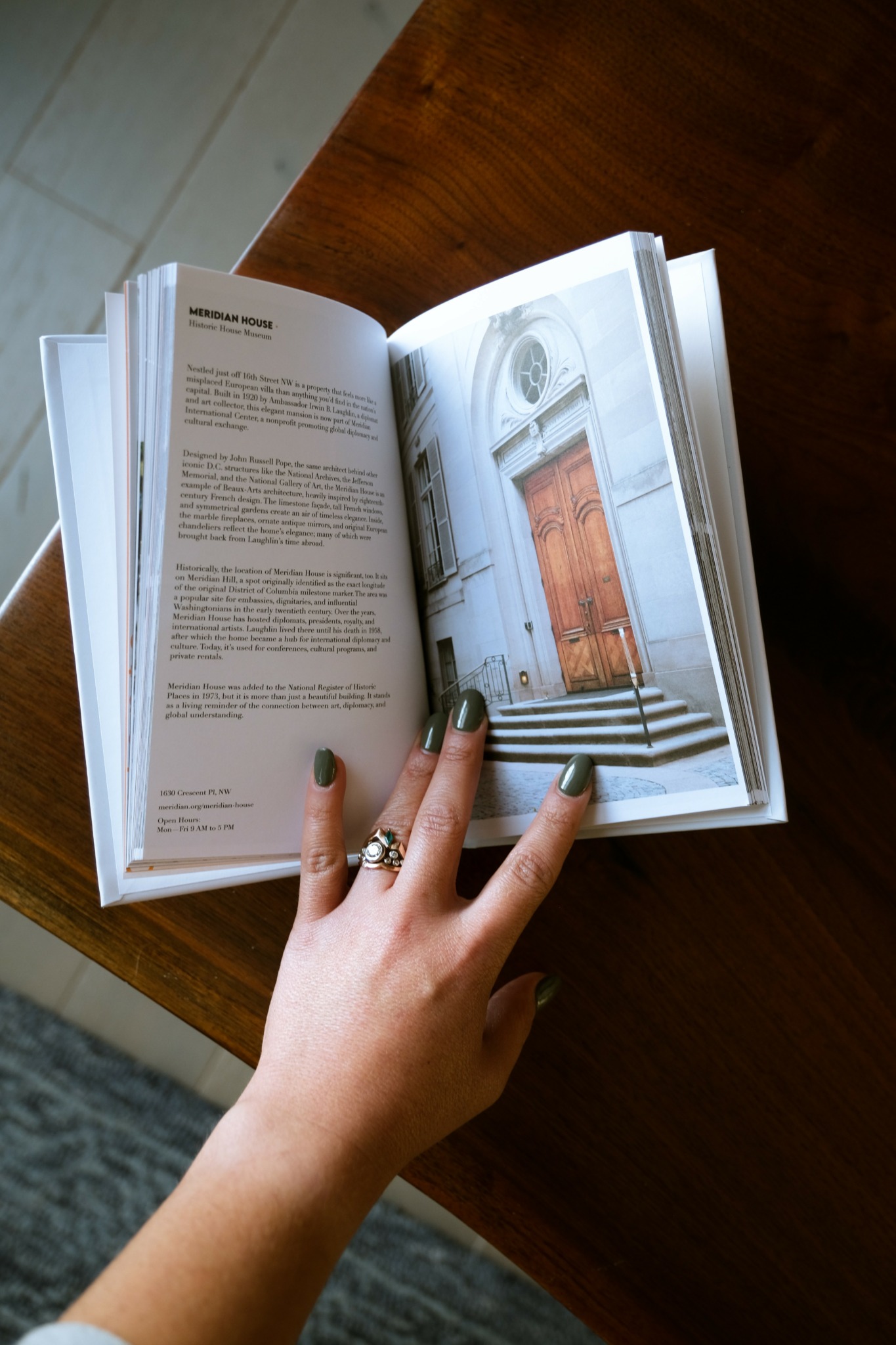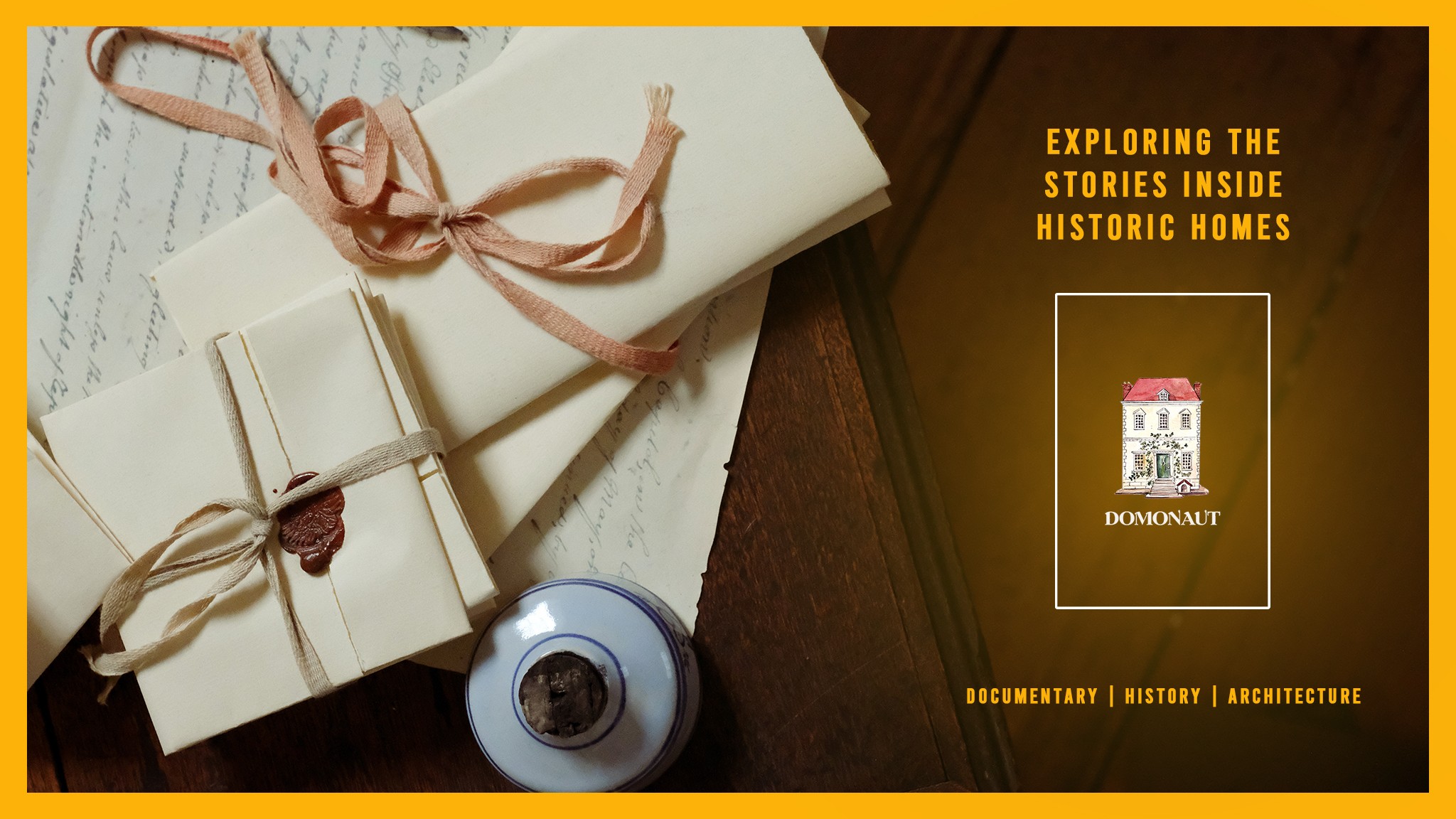We recently connected with Elena Tibbetts and have shared our conversation below.
Hi Elena, thanks for joining us today. What’s been the most meaningful project you’ve worked on?
For some years now, I have been filming historic homes and museums, telling their story through time and space. I interview their stewards, and pour countles hours of research into each docu-short to bring a well-rounded and information-packed film. This year, I partnered with a public historian to develop a book dedicated to Washington D.C.’s historic architecture. From March-August, I went out to photograph historic sites and buildings multiple times a week. And what I have noticed about my photography has been incredible: it turned out I learned to pay way closer attention to framing and light than I ever did before. When before, it would take multiple shots to get the right one (say, I took 5 shots to pick out the winner), now I would nail it from the first or second shot, and that growth, for me, has been an amazing thing to witness. Because I now photographed so often, I was able to cultivate a much sharper eye. And it resulted in a final product that I am truly proud of!
As far as meaningful projects go, I think a tangible book is much more intimate than a film; it’s something you can bring with you on adventures about town, and keep coming back to, wearing the pages out year after year. The more used a book is, the more it is loved, and that is something truly special.
Elena, love having you share your insights with us. Before we ask you more questions, maybe you can take a moment to introduce yourself to our readers who might have missed our earlier conversations?
My mission as a documentarian is to preserve and share the stories of culturally significant historic homes—structures that are often overlooked in favor of larger monuments, but hold incredible architectural and human value. This mission is deeply personal. Growing up in Europe, I was immersed in history and stunning architecture. It was all around me, from the bakery on the corner to the Royal palaces we visited. That early exposure to living history sparked a fascination in both architecture and storytelling that never left me.
When I moved to Washington, D.C., for a long time I felt like a fish out of water, searching for that old-world feeling I knew so well. I fell into the world of historic homes by accident – I was photographing an old house for a client – when I realized just how many remarkable narratives were at risk of being lost. These buildings are more than wood and stone; they are living records of lives lived, communities built, and moments that shaped our world. And it turned out that D.C. was exactly the place to be.
What makes this mission meaningful to me is the intersection of storytelling, preservation, and education. I believe that when we bring these stories to light – through careful research, visual documentation, and compelling narrative – we give people a new lens through which to see their surroundings. We strengthen community identity, inspire historical curiosity, and sometimes even rally support to protect endangered places.
This work is about more than nostalgia; it’s about honoring the past to inform the present and enrich the future. Every time I uncover a forgotten story or capture the intricate beauty of a timeworn structure, I’m reminded why I do this: I want to show others the magic I find in these places.
If you have multiple revenue streams in your business, would you mind opening up about what those streams are and how they fit together?
Yes, I do. My main revenue stream is filmmaking and photography, but over time I’ve built supplementary ones that complement the creative work rather than distract from it. For example, I publish architectural postcards from all the places I visit, and I just finished working on my first Architectural Guide book, that extend naturally from the content I create for my YouTube channel. The channel itself is also monetized, and I occasionally partner with brands that align with my audience. Each stream supports the others: the films spark interest in the history and architecture, the book and postcards give people something tangible to take home, and the channel helps build the larger community around it all. It’s less about bolting on random side hustles, and more about creating an ecosystem where every piece reinforces the others.
What do you find most rewarding about being a creative?
I love knowing that the work I create doesn’t just entertain, but documents and keeps history alive in a way that feels both artistic and accessible. Beyond that, it’s the connections. When someone tells me my film or photo helped them see their own hometown differently, or sparked their curiosity about a certain historic site (and they go visit it!), that’s incredibly fulfilling. It means the work isn’t just about me making something beautiful – it’s about creating a bridge between the past and present, and giving people a reason to care about what we keep for the future. And of course I also draw tons of personal fulfillment in connecting the historic dots: you’ll find many cross references in all of my work!
Contact Info:
- Website: https://elenatibbetts.com/
- Instagram: https://www.instagram.com/ele_thedomonaut
- Linkedin: https://www.linkedin.com/in/elena-tibbetts/
- Youtube: https://www.youtube.com/@domonaut_histories







